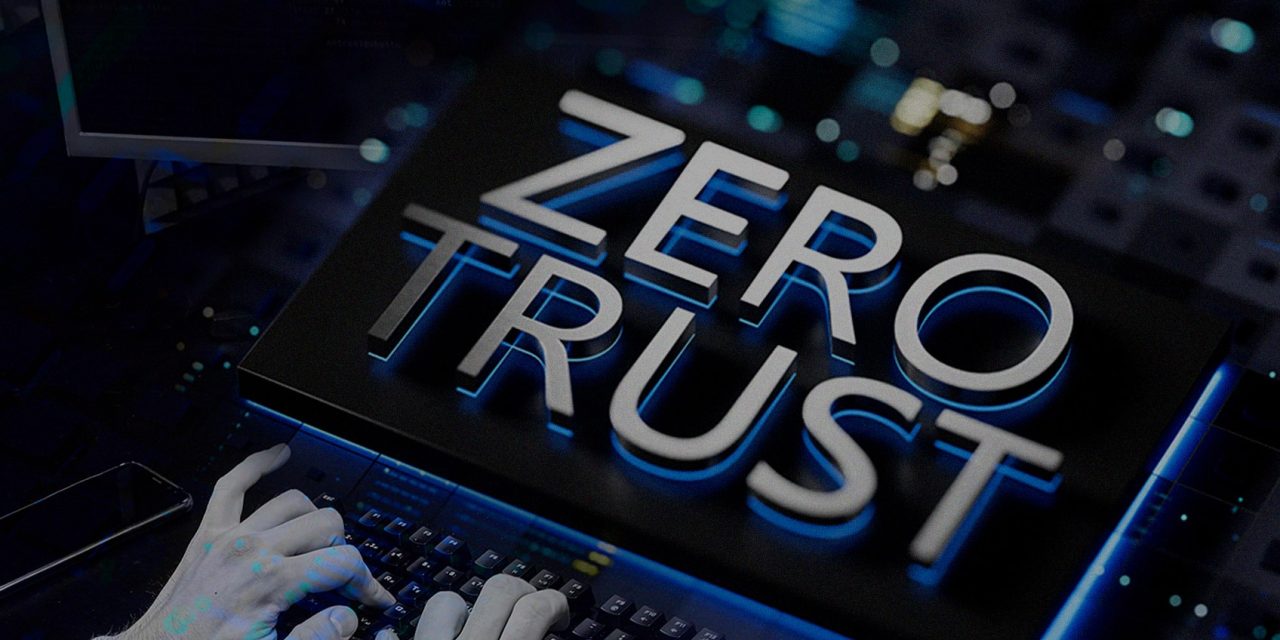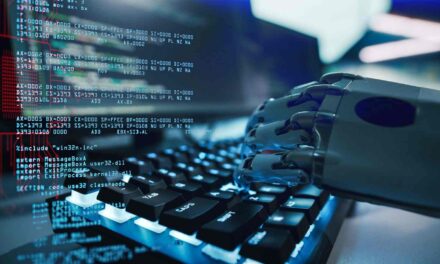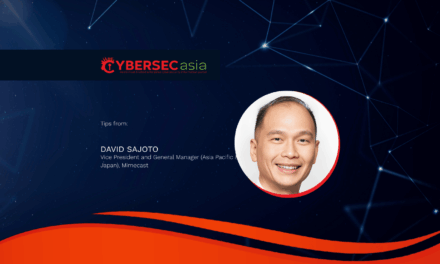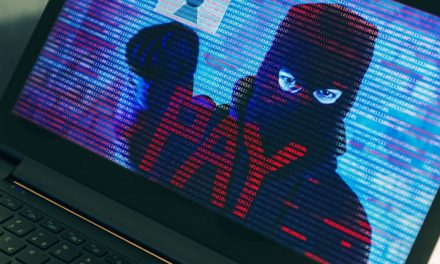With digitalization at fever pitch over the past years, have cyber threats raised greater awareness and appreciation for enhanced identity management?
Based on various sources of internal and pubic data listed out in its report on information security and compliance regulation trends, a cybersecurity firm has announced some findings about the cyber threat landscape.
First, 95% of IT and security leaders in the data analyzed indicated their belief that cyberattacks had been getting more sophisticated than ever before.
Second, despite the evolving threat landscape, the respondents believed that the fundamental rules of protecting an organization in the digital age remain the same: preventing the most prevalent cyberattacks, and creating a layered security approach that can withstand common and emerging attack techniques.
Third, the data showed that interest in searching online for Identity and Access Management (IAM) and Privileged Access Management (PAM) had increased from 2019 through 2023. Also, the latest data showed that 91% of IT leaders surveyed had indicated that such solutions offered them “more control over privileged user activity, decreasing the risk of potentially devastating insider and external breaches.”
Fourth, 45% of research subjects cited tool consolidation as the most important factor in their organization when considering investments in new solutions. As organizations continue to seek more simplified solutions to their existing cybersecurity and IT tools, this trend of reducing tool sprawl and consolidating solutions could become more important in future. Similarly, attitudes about Zero Trust among respondents (61.8%) about planning such projects had been on a year-on-year increase, despite 91% also being cognizant that this architecture requires “more effort than is currently being used for managing their IT and security infrastructure.”
According to Darren Guccione, CEO and co-founder, Keeper Security, the firm releasing their analyses: “With rapidly evolving threats, new regulations, tech advancements and a proliferation of devices, cybersecurity is more critical than ever before. Every organization needs to secure its passwords, credentials, secrets and connections to reduce the risk of cyberattacks and defend against internal and external threat vectors. The dynamic threat environment underscores the necessity for proactive cybersecurity strategies that can counter both existing and emerging threats.

















